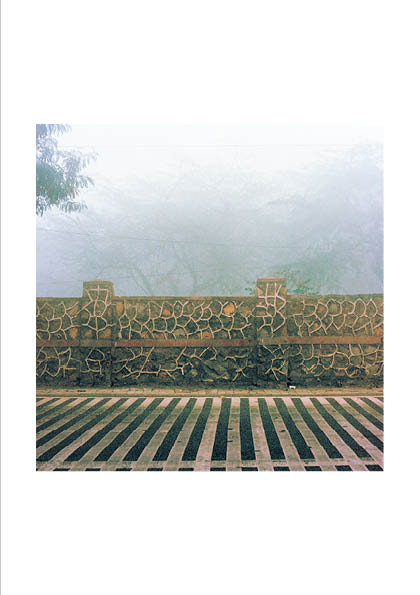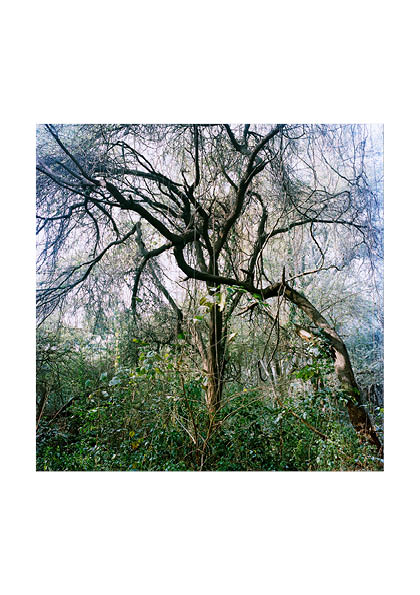A resource about our relationship with the natural world and how we connect with nature.
Introduction
Part of the Photoworks Festival 2022.
A resource about our relationship with the natural world and how we connect with nature explored through The Wall, an ongoing body of work by Anshika Varma.
Themes
Anshika Varma is an artist living and working in Delhi, India. Her series The Wall explores the relationship between natural spaces and their occupants.
As a child, Anshika Varma grew up in Delhi at the foothills of The Central Ridge, a vast forest that is part of the Aravalli Range, a mountain range around 1500 million years old stretching 420 miles through North-West India. For Varma, the forest is a space that gives her the power to fantasise and learn about cohabiting with its ecosystem.
Growing up, Varma became fascinated with her own physical and emotional relationship with nature. There were no boundaries or barriers between the forest and the city. Her closeness to the trees, plants and animals helped Varma feel grounded.
Waiting at the bus stop for school, Varma would often see and hear peacocks or foxes moving around, and she felt a strong personal relationship with her home. She understood that it was not only where she lived, but it was a home for many creatures and living things in a wider ecosystem that she was part of. Because of the love she had for The Central Ridge Forest, she walked more softly through it, and lived respectfully with the natural world.
But one day, as Varma described, ‘a wall grew out of the soil.’ The government built a seven-foot-high wall restricting access to the people of the city under the guise of forest protection. The wall created a barrier and suddenly, the forest lived behind it, separate from the city.
As she grew older, Varma travelled each day to university and eventually work. Through her journeys, she always had to follow the wall. For a long time, Varma couldn’t understand why she felt angry and suffocated, but after a while she realised it was because she could no longer see or experience the forest. She missed spending time with it, and she feared that her memories of it were fading.
The Wall is an ongoing series combining photographs, close-ups, archival material, foraging, natural printmaking and drawings and invites the audience to rethink their encounters with nature and how this forms who we become.
I. Similarities and differences
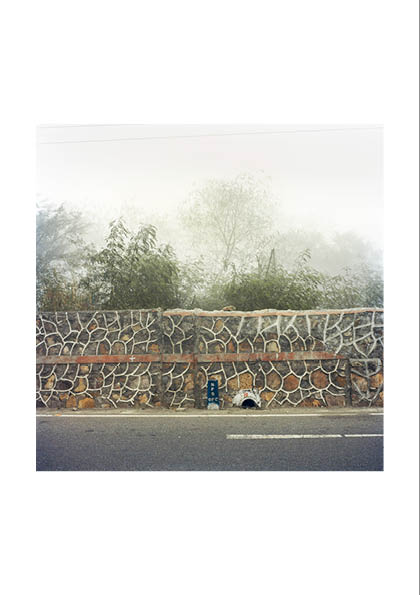
To make her series, The Wall, Anshika Varma returned to points along the wall where she had spent her childhood and held significant memories, to help her remember her relationship with the forest. She took her camera and made photographs in each place. She wanted to reclaim the space that she held so dearly, and photography helped her with that process. Her practice also encouraged her to question when she had last spent time with and within the forest.
Take a look at our Photoworks Festival: Education Package.
Begin by asking students – What is a forest? Have you ever visited a forest? How did it make you feel? Discuss responses with the group.
Ask students to look at these two photographs that Anshika Varma created for her series The Wall and then write down five words in response to each photograph.
- Are any of the words the same or similar for both photographs?
- What are the differences between the images?
- How does each photograph make you feel when you look at it?
- Imagine you could step inside both pictures. For each one, describe what you can feel beneath your feet and with your hands.
- What can you hear?
- What can you smell?
- What kind of forest do you see in each picture?
- What is happening in the forest in each picture?

II. Photography, nature and memory
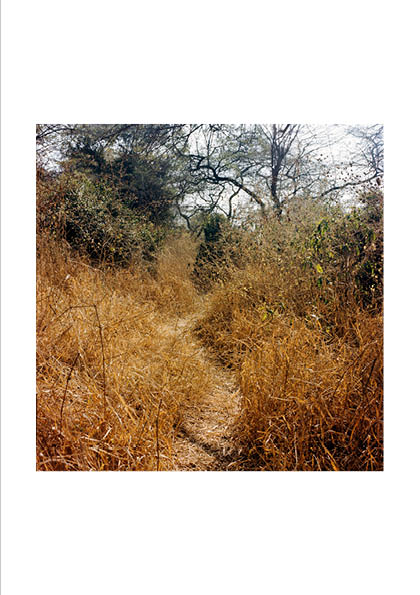
Varma picked up the camera as a form of protest. For every memory she had, she photographed a segment of the wall that had encroached upon her relationship with the forest.
Ask students to bring in a photograph or drawing of a rural place they visited, or somewhere they played with nature during their childhood. This could be their garden, backyard, a place they went on holiday, a park, or perhaps somewhere they visited in their imagination.
In pairs, ask students to describe their photograph or drawing to each other, then each write down three words that describe how it felt to be there.
- When was the last time you were in that place?
- Have you visited recently? What does it look like now? How did you feel?
- If you haven’t visited recently, what do you imagine it looks like now? How do you think you would feel if you visited it again?
In your pairs, share your answers to the questions above.
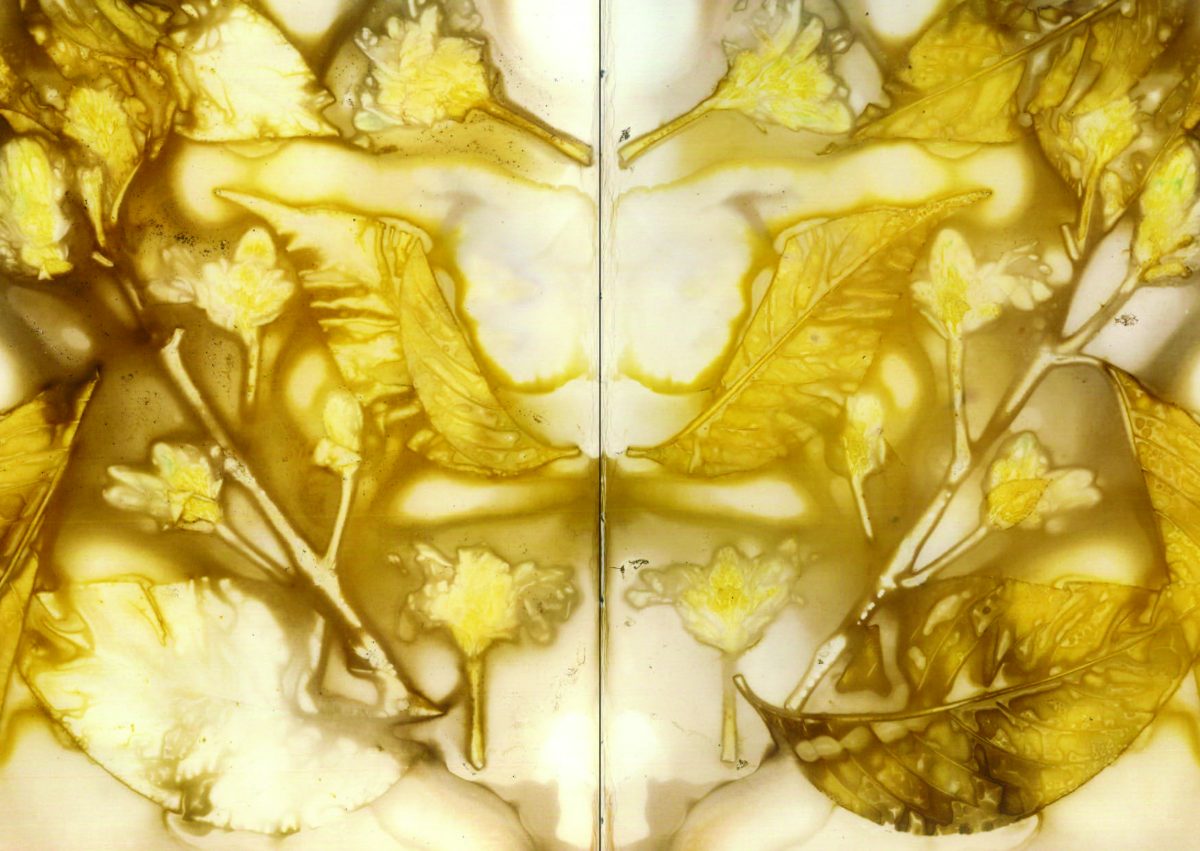
III. Collecting
Anshika Varma would enter the forest through spaces that had been left in the wall when it was built. She foraged plants, soil, flowers and leaves, placing them in her bag and notebook. It reminded her of homework that she was given at school, where she was asked to collect plants and flowers, and gather them in books.
She later spent time connecting with her collected items, making photographs, dioramas*, drawings, and artworks using rust and heat and other materials. She also wrote pieces of text, including this one, which is about her memory of the forest as a child:
The forest seemed to be everywhere.
I would often walk its sandy tracks, trying to chase the call of a
peacock from behind the tree, trying to pluck flowers far out of my reach.
The world outside still existed. Somewhere.
*A diorama is a replica of a scene. Usually, but not always three-dimensional. Sometimes full-scale, often in miniature.
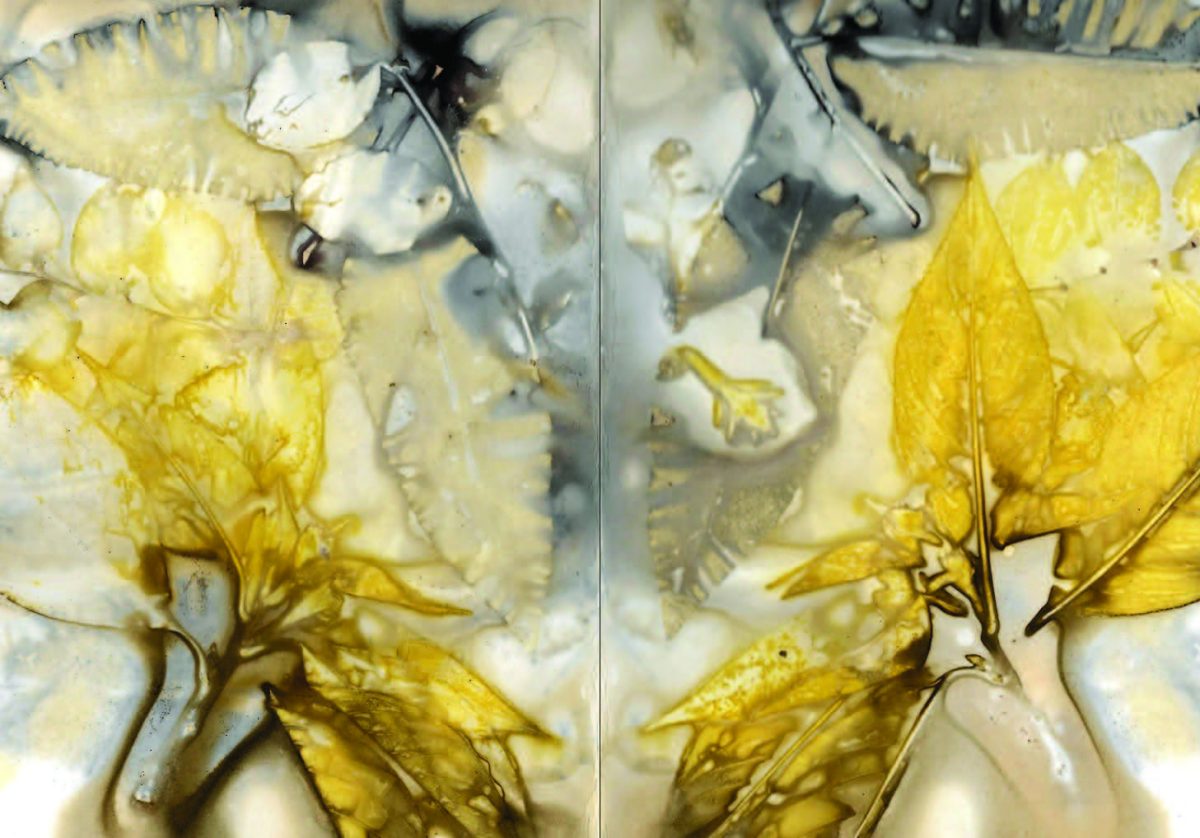
Ask students to bring in a natural object that is important to them, or something they collected while they were spending time in nature. For example, a flower from their grandparents’ garden; a shell they once collected from the beach; a stick from a place they like to walk their dog; a plant that is significant to their culture; a piece of fruit that reminds them of a recipe cooked by somebody they love.
Work in pairs to discuss the items you have brought in.
- Why is it important to you?
- Does it evoke a particular memory?
- Describe the memory.
- Create a drawing or painting of your object, or write a poem or piece of text about it.
- On a separate piece of paper, create a further drawing or painting of the memory that your object evokes, or write a poem or piece of text about that memory.
- Finally, using photography, create a photograph, or series of photographs using your object, artwork and any text you have written.
Other artists our contributor thinks might inspire you
Susan Derges
Stephen Gill
Joy Gregory, Invisible Life Force of Plants
Herman de Vries
Robin Wall Kimmerer
IV. Collecting
At different times throughout her life, Anshika Varma returned to the forest to spend time with and amongst it. She had many experiences there, emotionally, physically and spiritually. Spending time in the forest changed and affected her, just as she changed and affected it.
- Why do you think Anshika Varma returned to the same place many times to photograph it?
- How often do you spend time in or with nature? How does it make you feel?
- Choose something from the natural world and write a letter to it. For example, students may choose an oak leaf, a willow tree, an ant.
For example, if you had chosen a leaf:
- How will you introduce yourself to the leaf?
- How will you share your story with the leaf?
- How will you make your world known to it?
- What would you ask the leaf about its world?
Research your object. Try to use an encyclopaedia instead of (or as well as) an Internet search. Sometimes when we leaf through the pages of a book we discover new information serendipitously that can inspire us.
In pairs, tell each other what you have found out from your research.
Is there anything you would like to add to your letter now?

V. Again and again
Choose a place and visit it every day for seven days. Each time you visit, take a photograph from the same viewpoint. Use any camera you like. For example, you might like to use a camera on a phone, but you could also try making a pinhole camera or borrowing an analogue or digital camera from a family member or friend.
You could choose to go at the same time every day, or at a different time of day. When you have made all seven photographs, print them out and sequence them in the order that you made them.

- What changes can you see in the photographs?
- Now change the sequence. Does the visual relationship between the pictures change the narrative (story) in any way?
- How did it feel to return to the same place every day and observe it with your camera?
- In pairs, share your pictures and experiences.
For this task, you might be interested in:
Jitka Hanzlová, Forest
Jem Southam, A Bend in the River
Simon Roberts, A Daily Sea
Donavan Smallwood, Languor
Freya Najade, Along the Hackney Canal
David Hockney, The Four Seasons, Woldgate Woods
James Canton, The Oak Papers
Other artists our contributor thinks might inspire you
Susan Derges
Stephen Gill
Joy Gregory, Invisible Life Force of Plants
Herman de Vries
Robin Wall Kimmerer
About the Contributor
Clare Hewitt is a Birmingham-based photographer, a Senior Lecturer in Photography at the University of the West of England, Bristol, and Archivist for artist Vanley Burke with Art360 and the Feeney Archive Project.
Her work often addresses themes of loneliness and isolation. In her recent project, Everything in the forest is the forest, Clare has regularly spent time with a circle of 12 oak trees at The Birmingham Institute of Forest Research to visually understand how they thrive through connection and communication, in order to inspire similar behaviour amongst human beings.
Clare has been selected for awards including the Magenta Foundation’s Flash Forward, the Taylor Wessing Portrait Prize exhibition, and the GRAIN Bursary Award. She has exhibited her work nationally and internationally at venues including Landskrona Foto Festival, The Royal Photographic Society, Open Eye Gallery, and the Midlands Arts Centre.
